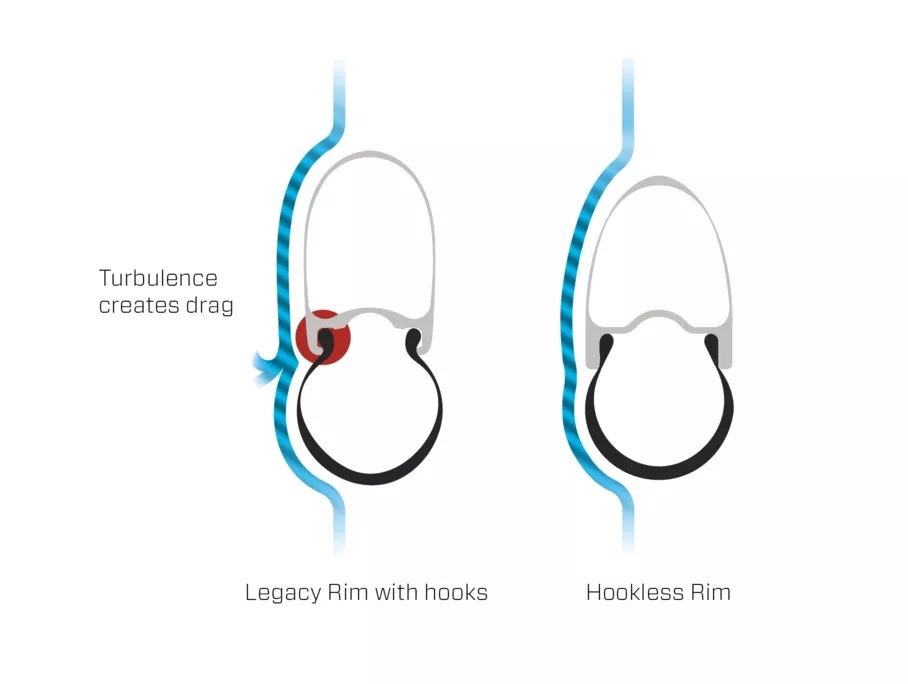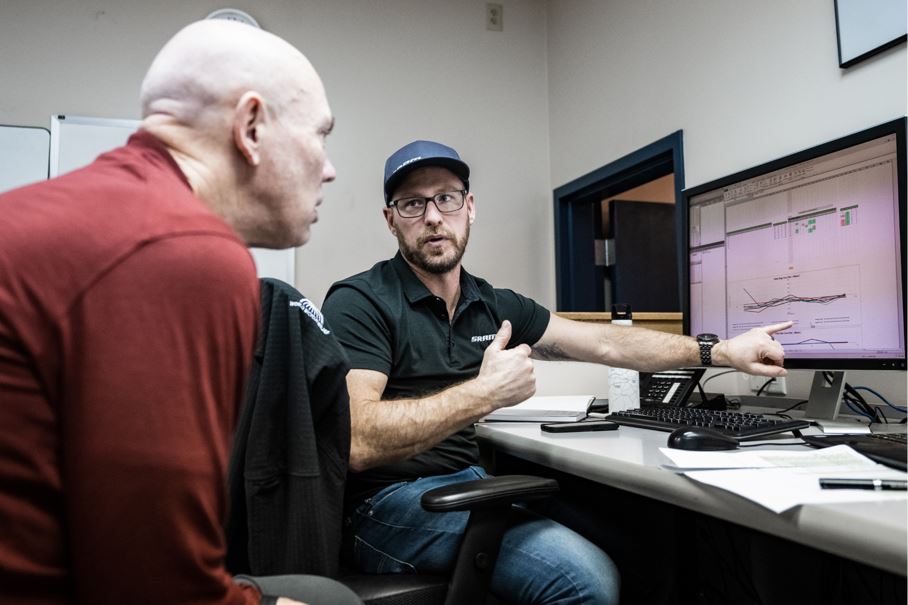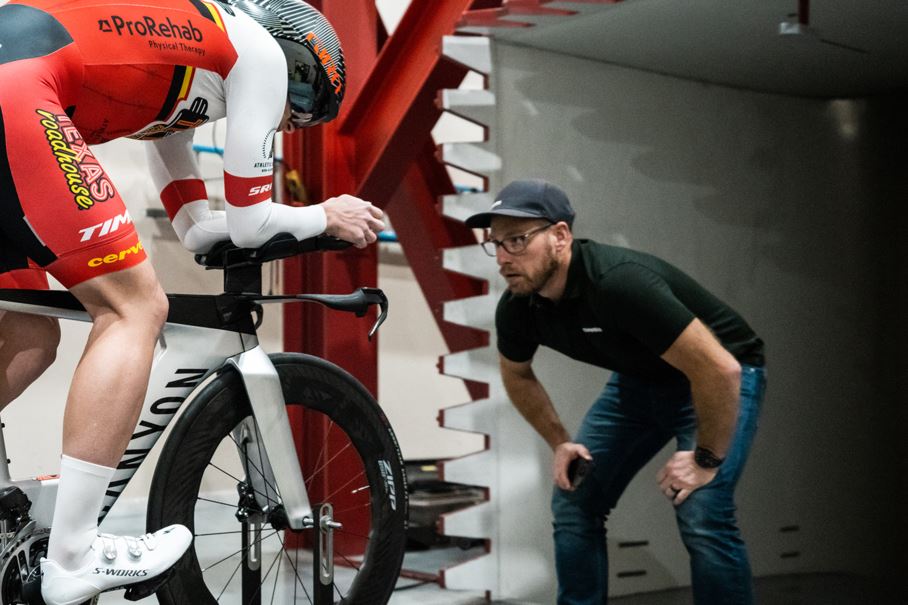Conquering the Wind
TSE Barriers to Speed Part I of IV: Wind Resistance
Welcome to the first of a four-part blog and podcast series examining each of the four barriers to speed combated by Zipp's Total System Efficiency (TSE) wheel design: Wind Resistance, Rolling Resistance, Gravity (weight), and Vibration Loss.
Each episode features a different Zipp engineer discussing one of these barriers to speed. First, Zipp Senior Design Engineer John Leachman discusses the importance of wind resistance. John oversees Zipp's wind-tunnel research and is an avid triathlete and runner.
Zipp's Solution to Overcoming Wind Resistance
Zipp's longtime forte is taming wind resistance through gains in aerodynamic efficiency and crosswind stability. In modern road bikes, disc brakes improve stopping power, but they also help you increase speed. The absence of rim-brake calipers allows for a wider rim profile with a smoother tire-to-rim interface for optimum aero performance with larger tires that provide a net gain inefficiency. Below are edited excerpts from our conversation with John on Zipp's approach to gains in aerodynamic efficiency:


The Challenge of Overcoming the Wind
"As you move forward, air molecules will be pushing you backward. If you want your velocity to double, it will take four times the energy to resist those molecules. That's important to remember when you look at anything with aerodynamics."
How wind affects cyclist
"As you ride down the road, you have the yaw angle. That is the effect of the wind's force being applied to you. If it's a straight head-on wind, that's straightforward. You feel it just pushing you back. As the yaw angle deviates from zero—head on would be zero degrees—you start to feel the effect of side stability."
The goal is to Slice through the Wind
"Rim shape plays an important role. You want that wind to stay attached and reattach as it goes around the wheel at given yaw angles. When we get in the tunnel, we can see that in our data plots. As the yaw angle increases, depending on the shape, you see a point at which that stalls. Your drag goes up significantly. You want to slice through the wind. You want the air just to be smooth. It comes in, goes back around the wheel on the backside, and reattaches."
"Two sides of the wheel are affected by the wind. You have the leading edge, the front of the wheel, and the back side of the wheel—the other side of the hub. The more rounded blunt-shaped rim helps the airflow around, reattach, and then slice through that wind. You want to keep that air laminar."

Finding Aero Gains
"We've got to 20 spoke holes on the 808 Firecrest and 858 NSW wheels now. We did see a gain from going from 24-hole to 20-hole. We have the dimple pattern that we've continued to evolve. More importantly, the shape of the wheel-to-tire interface, there's an (air) pocket there. As everything has gone to hookless, we're able to have a smoother interface from the tire to the rim profile. The smoother that can be, the less drag and effect there is on the rider."
"Road wheel development It is the first thing to see the air. We must have a good interface between the wheel in the tire to allow that air to come in and slice through the air, reattach as it approaches the rest of the bike and the rider."
Advantages of Using Indy's ARC Wind Tunnel
"Traveling to the coasts to wind tunnels is a big ordeal. You are not just getting there, but you have all the components and tests and a limited timeframe. Now, we have the ARC Wind Tunnel just up the road. We still plan days out there, but we're learning that we can streamline that a little and go back on a whim and take the samples we need to take. If we see some data and want to make some tweaks, it's easier to make those adjustments and go back a month later and get that new data. We can do those iterations quicker and more strategically than trying to guess."

Just One Component of TSE
"Taking that wind tunnel data, applying that, seeing how we can minimize the drag to the rider on the bike, all disciplines, and then taking that design to the RollingRoad inside our facility, for the other components of TSE. We can't just focus on one part because we're leaving stones unturned in other areas."
Photos by Jake Rytlewski